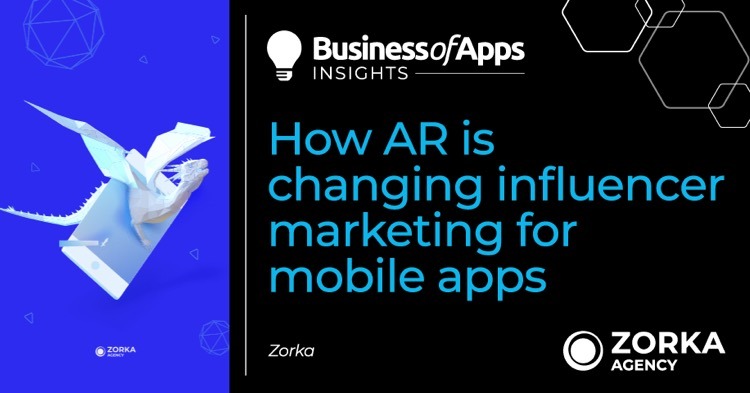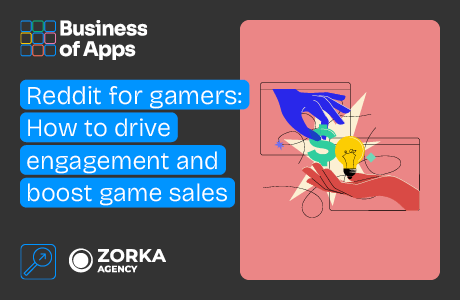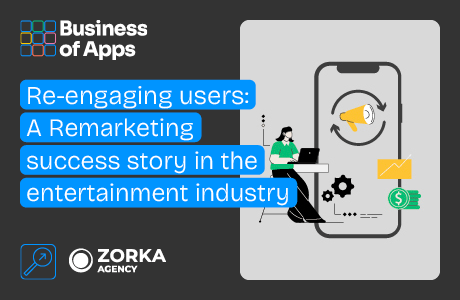Maximize App Growth with #1 App Store Optimization Company
Expand app store reach, increase downloads, boost engagement, lower acquisition costs & achieve higher user LTV with our leading ASO services & technology
Contact Us TodayStatistics are not encouraging: according to Influencer Marketing Hub, the average user engagement with social media advertising in 2023 stands at 2.05%, compared to 2.18% in 2021. For the first time in several years, it’s approaching the pre-pandemic level of 2019, which was 2.08%. This indicates a decline in user engagement in traditional Influencer Marketing.
This is why, in today’s market, there is a noticeable trend where major platforms like YouTube or Twitch are constantly seeking new ways to display advertisements. They experiment with various formats and test the integration of ad placements in unexpected parts of videos, which may surprise users. Influencers are also not staying behind, seamlessly integrating advertising directly into their videos, making it unskippable.
While these methods indeed help combat the short-term decline in user attention towards advertisements, the question arises about their long-term effectiveness. Advertisers are left wondering how to further increase audience engagement.
The use of AR technology in Influencer Marketing might provide a solution. According to a report by Vantage Market Research, the global AR market was valued at $20.72 billion in 2022 and is projected to reach $78.0 billion by 2028, with an annual growth rate of 29.5%. AR technology is reshaping industries and daily life right now, and Influencer Marketing is no exception.
AR case study
A notable example of a special project using AR technology within Influencer Marketing is the case of Zorka.Agency collaborating with a major gaming company. The advertising campaign involved guiding players through a portal to meet the beloved and iconic character from the game. Using only their Game ID, users were tasked with solving a simple yet captivating challenge: to approach a mysterious chest, find the hidden artifact that belonged to the character, and uncover the prizes inside. Importantly, the entire project was implemented through a mobile website to remain accessible to all users without requiring the installation of additional apps.
In promoting this AR quest, influencers from the gaming world acted as a bridge between two worlds, leading their audiences on this exciting journey. Players from all over the world wholeheartedly embraced this experience, blurring the boundaries between the digital realm and reality, and setting a new innovative standard for storytelling in games.
Mobile games and applications that utilize augmented reality technology are no longer a novelty, and it’s challenging to surprise experienced users with them. This is precisely why the use of AR technology has become commonplace, and in some industries, abstaining from its use can be seen as falling behind and losing a competitive edge. This is especially relevant in high-competition and visually dynamic segments like GameDev within Influencer Marketing, where users actively engage with gaming mechanics.











